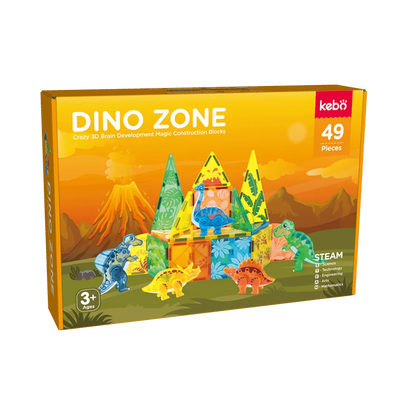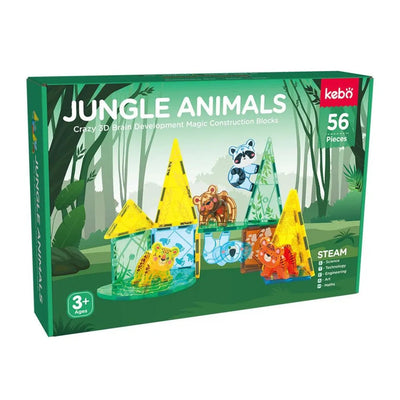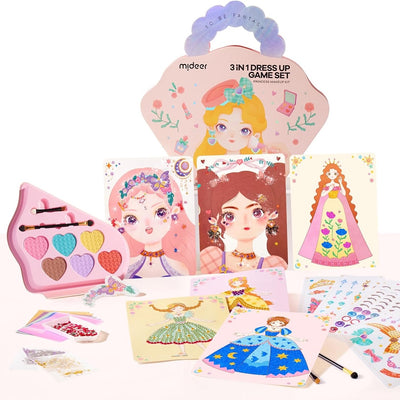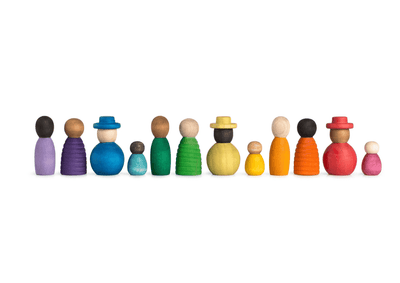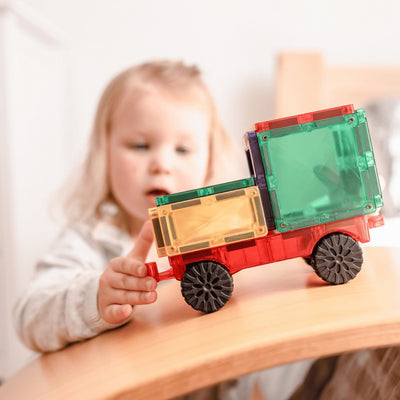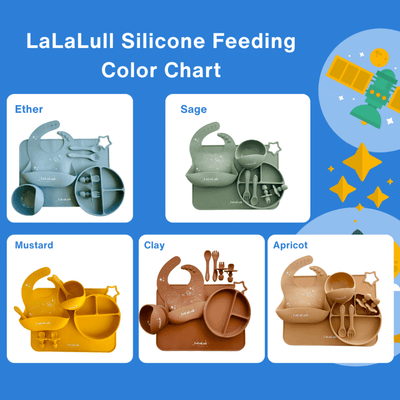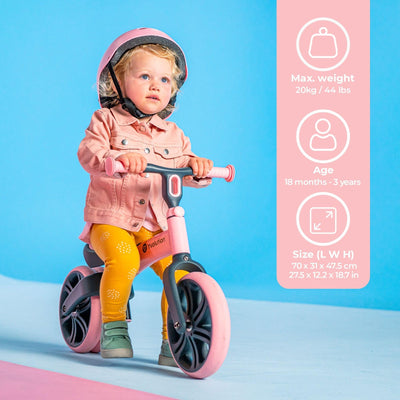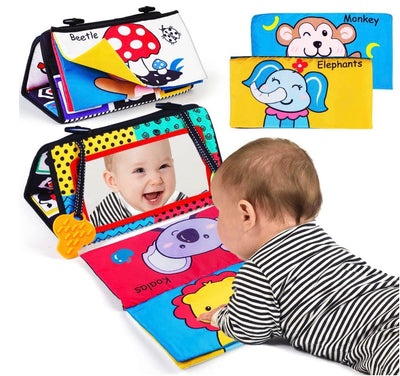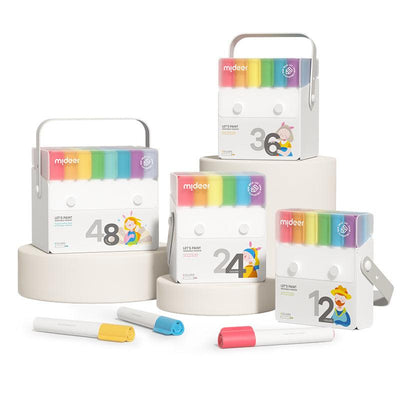Baby-led weaning (BLW) is an approach to introducing solids that allows babies to feed themselves right from the start. This method not only encourages independence but can also help in developing a baby's dexterity and coordination. As daunting as it may seem to let your little one take the lead during mealtime, the benefits of BLW can be substantial.
Understanding Baby-led weaning
Baby-led weaning means skipping purees and spoon-feeding, allowing your child to explore whole foods at their own pace. This method is typically recommended starting around 6 months of age when babies are developmentally able to sit up unassisted and can pick up items with their hands. At this stage, babies are encouraged to join family meals and choose what, and how much, to eat from a selection of wholesome foods.
The Benefits
1. Promotes Fine Motor Skills and Chewing
BLW encourages the development of motor skills and chewing ability. Handling different shapes, sizes, and textures of food helps babies refine their coordination and dexterity.
2. Encourages Healthy Eating Habits
This method allows babies to eat according to their hunger cues, potentially leading to healthier eating patterns and weight in the long run. It promotes a positive relationship with food from an early age, as babies learn to manage different types of food and listen to their bodies.
3. Broadens Palate
Babies who participate in BLW are often exposed to a wider variety of tastes and textures. This early exposure can help shape a palate that’s more accepting of new foods, which can be beneficial in avoiding picky eating behaviors later in life.
How to Start ?
1. Safe Environment
Always supervise your baby during meals. Make sure they are sitting upright and never leave them unattended.
2. Appropriate Foods
Start with foods that are easy to handle and soft enough to chew, even without teeth. Cooked vegetables, soft fruits like ripe pears or peaches, and proteins like shredded chicken or fish are great starter foods. Ensure everything is cut into manageable sticks or pieces.
3. Patience and Mess
Be prepared for messes! Baby-led weaning can be messy as your baby learns how to handle foods. Patience is key. It’s all part of the learning process.
4. Health and Safety
Consult with your pediatrician before starting Baby-led weaning, especially if you have concerns about allergies. Monitor your baby for signs of choking and be knowledgeable about the difference between gagging—a natural part of learning to eat—and true choking.
Tips for Success
1. Stay Flexible
Some babies may prefer a combination of Baby-led weaning and traditional weaning methods. It’s okay to be flexible and adapt to your baby’s needs.
2. Include Your Baby in Meal Times
Have your baby join the rest of the family at meals. This not only makes them feel included but also lets them observe and learn from others.
3. Be Patient with the Process
Every baby progresses differently. Let your child set their own pace and ensure that mealtime is a stress-free experience.
4. Keep Offering New Foods
If a baby initially rejects a particular food, don’t give up. Keep offering it as tastes can take time to develop. Variety is the key to a balanced diet.
5. Creating Engaging Meals
- 1. Blueberry Penguin and More Creating a meal with a cute blueberry penguin surrounded by other fruit critters is not just fun; it's also a great way to introducing solids your child to fruits like blueberries, bananas, and mangoes.
-

-
2. Love Birds. Two mango birds sharing a heart is an adorable representation that can teach your child about love and sharing.

-
3. Apple Crab. This whimsical creation uses sliced apple and blueberries to make a friendly crab.

-
4. Sailboat Adventure A simple yet imaginative setup like a watermelon and banana sailboat cruising on a blueberry sea can spark storytelling and play, making mealtime an adventure.

-
5. Apple Flower Child. For a touch of whimsy, crafting a character using sliced apples, grapes, and a bit of creative arrangement can make your child smile.

-
6. Tulip Garden. Red tomatoes and yellow carrots cut into the shape of tulips present a vibrant and colorful garden. This setup can help introduce your child to vegetables in a fun and non-intimidating way.

Why Choose the LaLaLull Silicone Feeding Set for BLW?
1. Safety and Durability
LaLaLull’s Silicone Feeding Set is crafted from premium, food-grade silicone that is BPA-free and non-toxic, ensuring a safe eating environment for your little one. The durable nature of silicone also means it can withstand the rigors of daily use, including exposure to high and low temperatures, making it suitable for a variety of foods.
2. Suction Base for Stability
One of the standout features of the LaLaLull Silicone Feeding Set is its robust suction base, which secures the plates and bowls to the table or high chair tray. This is particularly beneficial for BLW as it prevents the plate from moving or tipping over, allowing your baby to concentrate on learning how to eat independently without unnecessary interruptions caused by slipping utensils.
3. Easy to Clean
Silicone’s resistance to stains and odors is critical in BLW, where exploring food can often result in messy situations. The LaLaLull Baby Feeding Set is easy to clean—either in the dishwasher or by hand—the suction bowls and plates, non-slip silicone placemats, silicone bib with food pouch ensuring that cleanliness is maintained with minimal effort.
4. Designed for Little Hands
The ergonomics of the LaLaLull utensils are designed with little hands in mind. The utensils are sized appropriately for babies learning to feed themselves, promoting fine motor skills and dexterity, which are crucial aspects of BLW.
Practical Tips:
1. Start Simple
Initiate the BLW process with soft, manageable foods that can adhere slightly to the silicone surface, such as avocado slices, steamed carrot sticks, or ripe banana pieces. These foods are easy for babies to pick up and hold onto, making them ideal first foods.
2. Encourage Exploration
Utilize the compartments in the LaLaLull suction plates to introduce a variety of textures and tastes. This not only makes meals exciting but also promotes sensory development as your baby explores different types of food.

3. Make It Interactive
The vibrant colors and appealing design of the LaLaLull Silicone Feeding Set can make mealtimes inviting and fun. Engage with your baby by naming the colors and foods on their plate, which can enhance their cognitive development alongside their eating skills.
4. Observe and Adapt
Each baby’s preferences and eating habits can vary. Use the LaLaLull Silicone Feeding Set to adapt meals according to your baby’s changing tastes and developmental stages. This flexibility can help foster a more positive and responsive feeding experience.
Baby-led weaning is a wonderful opportunity to empower your baby’s independence while laying the foundation for healthy eating habits. With the right preparation and mindset, your journey into Baby-led weaning can be a fulfilling and enjoyable experience for both you and your baby. Remember, the goal is to foster a love of good food and enjoyable mealtimes that will last a lifetime.
